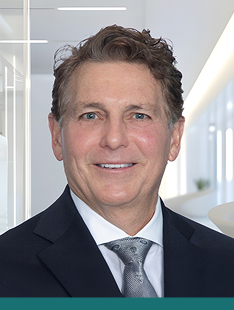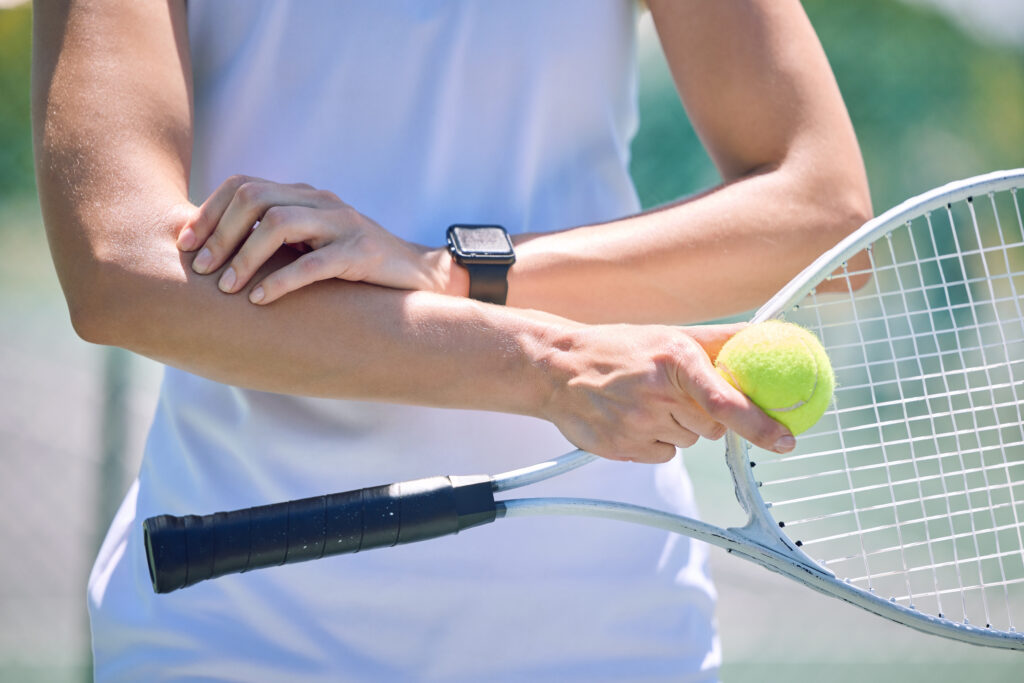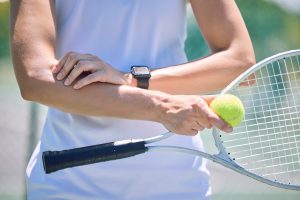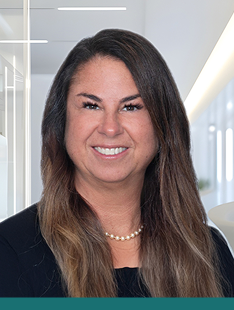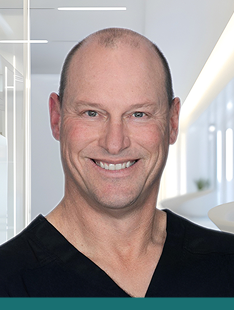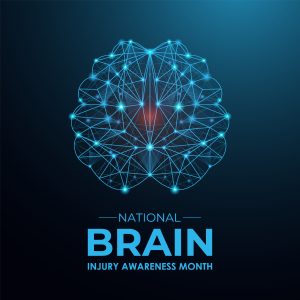
Your body already knows how to heal – Platelet-Rich Plasma (PRP) therapy at Southeast Orthopedic Specialists helps do it faster, without surgery.
What Are Orthobiologics?
Also known as a “non-operative treatment,” orthobiologics uses your body’s own healing powers by taking cells, tissues, blood components, and growth factors to help repair musculoskeletal injuries or damage, rather than just covering up pain.
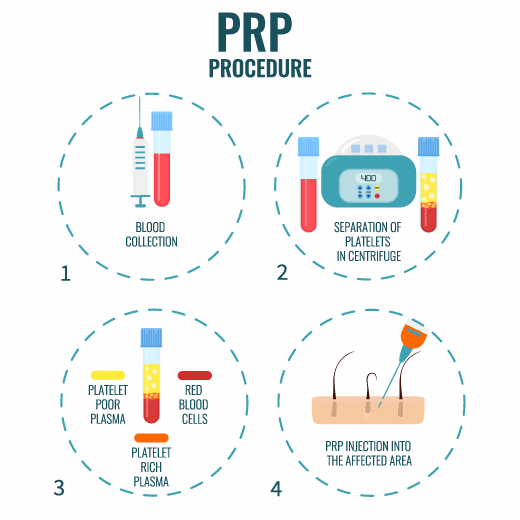
PRP: Natural Healing, Powerful Results
PRP is made by drawing a small amount of your blood, spinning it in a centrifuge – a machine that spins your blood really fast to separate the healing platelets from red blood cells and other components. The platelets are injected into damaged tissues, stimulating healing, reducing inflammation, and helping restore mobility and function.
This therapy is especially beneficial for conditions such as tendon and ligament injuries, arthritis/cartilage damage, arthritis of spine facet joints, meniscus and labral tears, tendonitis and tendinosis, and joint capsule laxity. Joints that respond well include those in the shoulder, elbow, wrist, hand, back, hip, knee, ankle, and foot.
Benefits of PRP Therapy
Safe & Low Risk: PRP uses your own blood, so there’s an extremely low risk of allergic reaction, rejection, or disease transmission, and a very low risk of infection.
Less Pain, Less Downtime: This procedure is minimally invasive and performed in office, accelerating healing with little interruption to your life.
Improved Function & Mobility: Patients often experience reduced pain, lower inflammation, and better joint movement.
Comprehensive Treatment: PRP supports your body’s natural tissue repair, helping symptoms and underlying structural health. For the best, long-term results, we typically recommend a series of three injections.
What to Expect: The PRP Process at SOS
PRP therapy at SOS is a simple, step-by-step process designed with your comfort in mind. First, you’ll have a new patient appointment so we can confirm you’re a good candidate for treatment. On the day of your procedure, we draw a small sample of your blood, much like a routine lab test, and place it in a specialized machine that separates the platelet-rich plasma (PRP).
Next, the injured area is cleaned and prepared. Using ultrasound guidance for precision, your provider injects the PRP directly into the targeted tissue or joint. Once the injection is complete, the area is bandaged, and you’re ready to go. Your body takes over the healing process from there.
The whole procedure can take anywhere from about 60 to 90 minutes and usually requires little to no downtime, so you can get back to your day quickly.
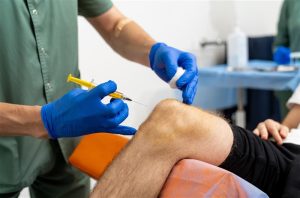
Why SOS Is Your Go-To for PRP
At Southeast Orthopedic Specialists, our mission is to deliver accessible, five-star orthopedic and spine care across Northeast Florida, with innovation, quality, and patient-first values at the core. We bring orthobiologics to life through a team of board-certified, fellowship-trained physicians who stay at the forefront of advanced medical treatments. We have multiple convenient locations across Jacksonville, Ponte Vedra Beach, St. Augustine, Fleming Island, and more.
Ready to Heal?
With demand on the rise, now is the perfect time to explore how PRP therapy could benefit you. Whether you’re dealing with tendon pain, arthritis, or a nagging injury, our team stands ready to guide your care.
Don’t wait to feel better. Schedule your appointment with SOS today at 904-394-2663 or online and learn how orthobiologics and PRP can get you back to living pain-free.
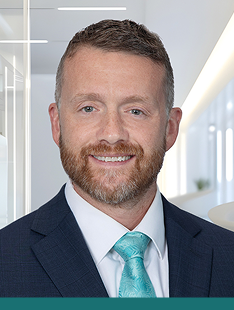

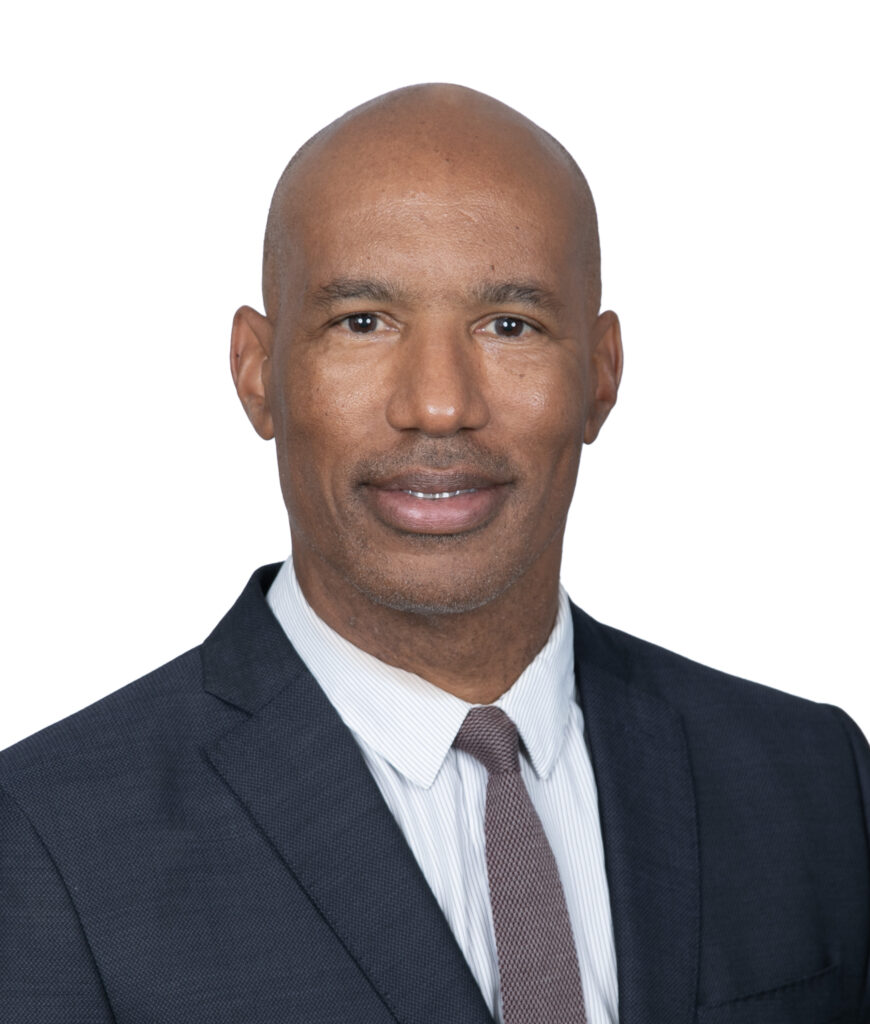
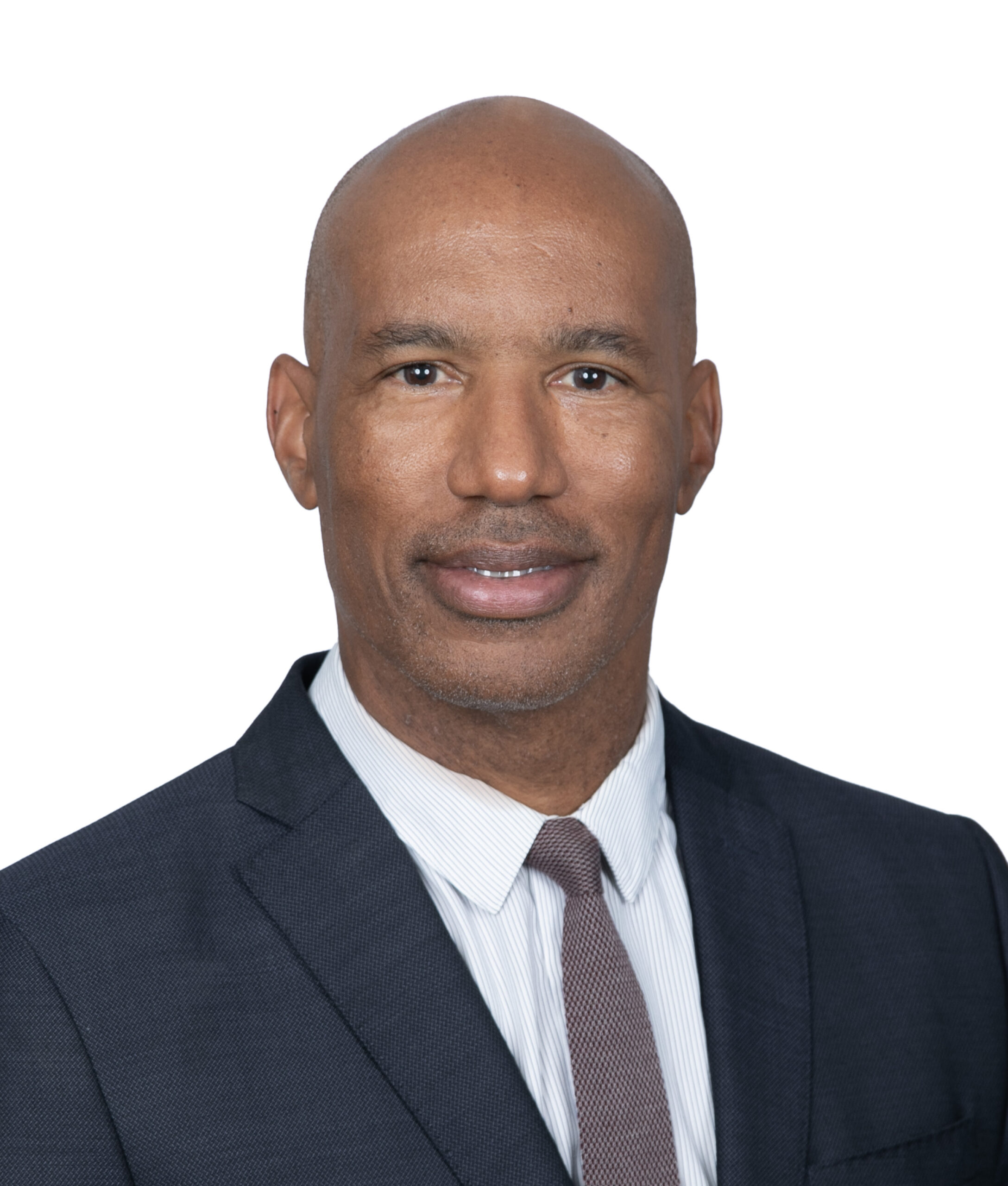 JACKSONVILLE, June 9, 2025 –
JACKSONVILLE, June 9, 2025 – 